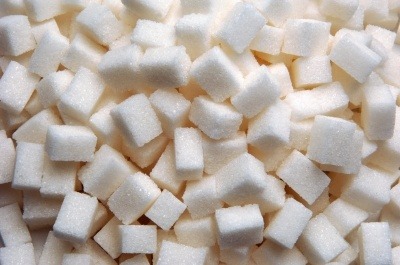
When EFSA published its opinions on sugar replacers offering their reduced glycaemic properties, there must have been a collective sigh of relief for sports nutritionists, that it did not end up in a bin with other health claim opinions. As it was, under E.U. Regulation 1924/2006, the NDA panel at EFSA stated that “a cause and effect relationship has been established between the consumption of foods/drinks containing xylitol, sorbitol, mannitol, maltitol, lactitol, isomalt, erythritol, D-tagatose, isomaltulose, sucralose or polydextrose instead of sugar and reduction in post-prandial blood glucose responses (without disproportionally increasing post-prandial insulinaemic responses) as compared to sugar-containing foods/drinks.” We should also consider the relatively new kid on the block, stevioside/steviol glycosides.
It means that “low glycaemic” claims can be made on food supplements and bars with those polyols mentioned above. The proviso however is that EU Member States need not endorse such a view but the likelihood of this happening is not high given that each of the sweeteners has a long history of use and research behind them.
Product Development Opportunities For Sugar Replacers
Having used a number of them at different times in beverage and sports bar product development, it was worth pointing out one I’ve worked with. Sucralose certainly has a track record and its sweetness profile is one of the closest to sucrose. It has been demonstrated that if the levels are correctly chosen, the initial impact is very close and it can work well with rebaudioside/Stevia sweeteners too in terms of the sweetness profile although this depends on the underlying base being used. It works even better however with the artificial sweetener acesulfame K in matching the sucrose sweetness profile. Fruit flavours always need to be discussed in relation to the use of sucralose. Some fruit flavours seem to work better than others – blackcurrant, raspberry etc. but less so with citrus ones where the sharpness and tanginess because more rounded. There is a residual or lengthening of the sweetness but this isn’t a real issue if the product development is sound. There are some examples to refer to where sucralose has been optimised for development work on the basis of its sensory performance for example: peach compote (Mendoca et al., 2001).
Labeling Of Sugar Replacers
Low-calorie sweeteners come into their own when we are seeking to reduce the overall carbohydrate content of a product. There are numerous bars out there which have replaced part of their carbohydrate with one of the artificial sweeteners. It doesn’t just apply to sports products because any product designed for weight management and control will most likely use a low calorie sweetener to drop the carbohydrate content by 50% at least. It also looks good on a label when that total carbohydrate content has dropped significantly.
References
EFSA Journal. (2011); 9(4):2076 [25 pp.]. doi:10.2903/j.efsa.2011.2076
Mendoca, C.R., R. Zambiazi and G.G. Granada, (2001) Partial substitution of sugars by the low-calorie sweetener sucralose in peach compote. J. Food Sci., 66 pp. 1195-1200.


Leave a Reply